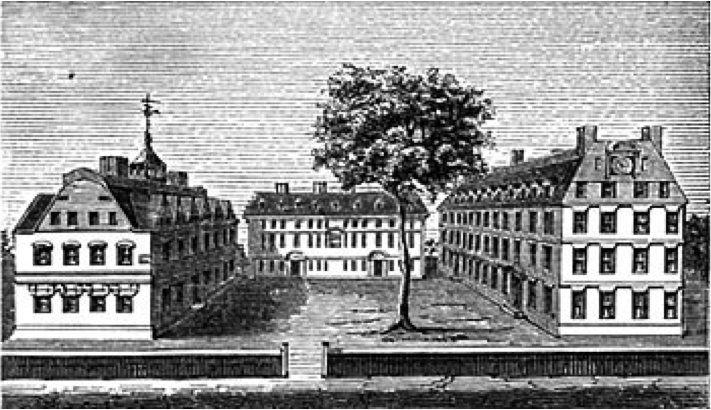As much as any organization in society, higher education is shaped by history. When you have an institution that has not fundamentally changed much since the Middle Ages, history is going to have a pervasive influence. I believe that every faculty member and administrator should understand the history of higher education and how that shapes the work of today’s institutions. In this post, I share three overarching themes of the history of American higher education.

The history of American higher education is fascinating for how central themes reoccur at various points.
One key thing that I stress to my students is to not worry about dates in studying the history of higher education in the United States. The same trend manifests at different times in geographical areas, yet remains driven by core underlying trends. These trends are what is most significant and deserve attention.
Even looking at the way 2016 presidential candidates talk about higher education is similar to trends from throughout our history. Understanding the influence of these will help you better contextualize policy proposals, challenges, and opportunities facing American higher education.
Liberal Arts vs. Vocational Curriculum
Since the earliest days of higher education in the New World, debates regarding vocationalism and what we today call liberal arts have existed. While prior incarnations may have been about learning Latin instead of English, the debates are remarkably similar. Should higher education focus on job specific skills? Should the focus be on citizenship and preparation for leadership in society? What is the goal and purpose of higher education? Recent trends in this debate center around whether the government should pay for majors that do not have obvious career outcomes. In the end, we have not- and may never- settle the debate between the liberal arts and vocational curriculum.
Who Attends
Higher education has long struggled with the question of who attends and to a lesser extent how admissions decisions are made. From wealthy sons in the beginning to increasing the participation of underrepresented minorities, colleges and universities constantly deal with who attends higher education. As participation in higher education expands, numerous other areas are impacted such as the curriculum, financing, and the faculty. If the student body is entirely made up of wealthy white males, institutions face less pressure on something like expanding the curriculum. However, if you are bringing in first generation, adult students, you are going to face questions about what is being taught, how, and by whom. Changes in who attends higher education often lead to other profound reforms across higher education.
Changing mission and organization
Colleges and universities have undergone significant changes and increased complexity throughout the history of American higher education. For example, the growth of the research mission led to facility needs, faculty changes, and the growth of graduate education. As colleges grew larger and transformed into universities, the sheer scale of the enterprise necessitated changes in the organization. At times these changes have happened quickly while at other times the organization evolved slowly. However, the morphing mission and changing organization of colleges and universities profoundly influence the higher education landscape that we know today.
History Matters
At a macro level and at an institutional level, history matters. You can’t truly understand higher education if you don’t understand how these 3 overarching themes influence colleges and universities. If you’re looking to learn more about these trends and the history of American higher education, I encourage you to read John Thelin’s excellent book on the subject. I use it as the main textbook when I teach history and it offers a great coverage of a range of higher education historical issues.

